We've gone Pink to help fight Breast Cancer.
Use code "BREAST" and we'll Donate $50 to National Breast Cancer Foundation
Main Menu
Petsy Breed Pages
The world’s most comprehensive information on the ...
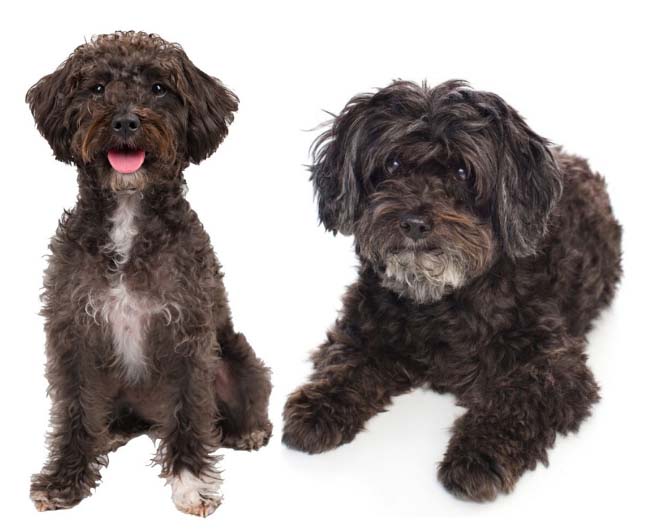
$500.00 - $5500.00
Schnopoo
Medium
Hybrid
Short
Extra high
Extra high
10 to 18 years

Would you like to know what it would cost to insure an Schnoodle? Find out by getting a free quote, with petsy pet insurance.





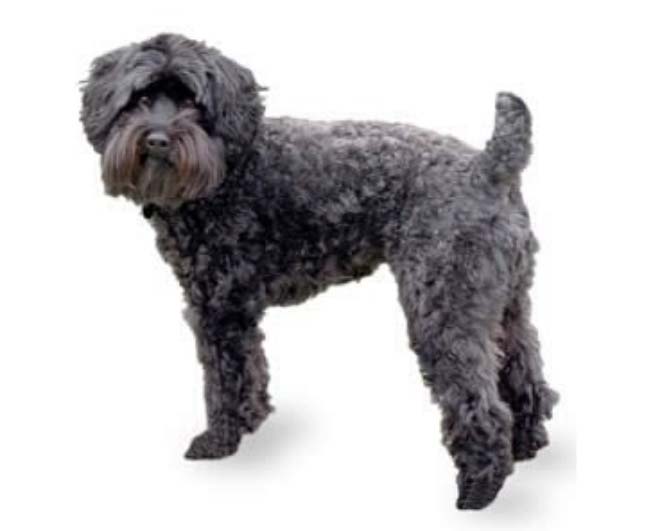
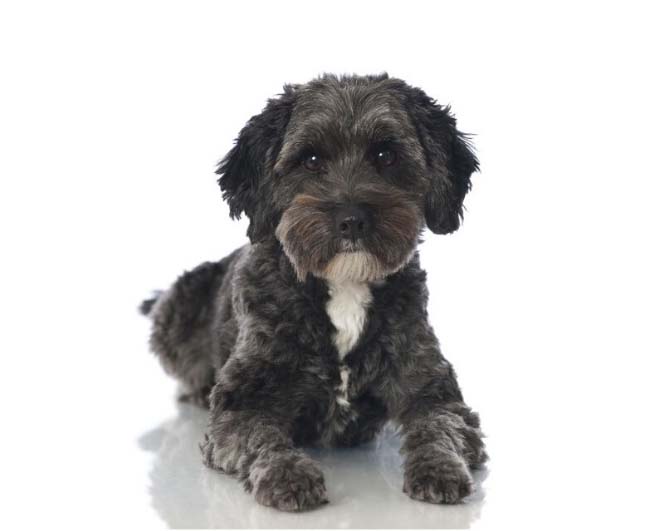

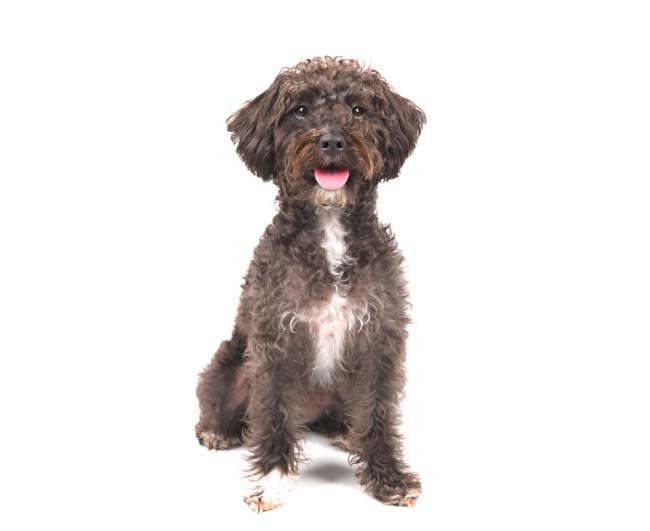
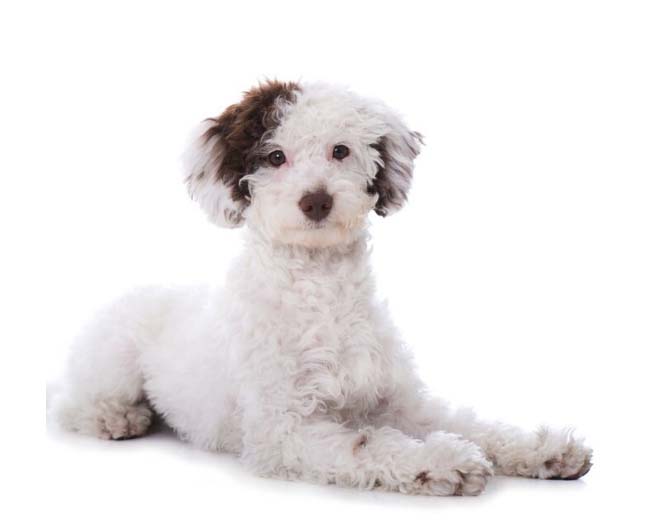
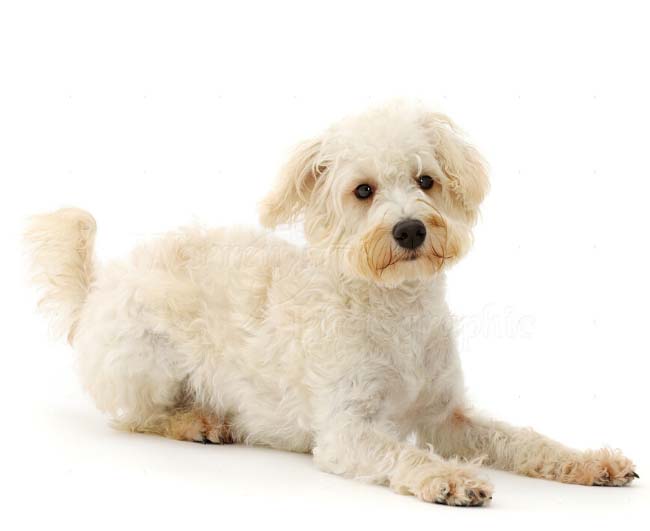
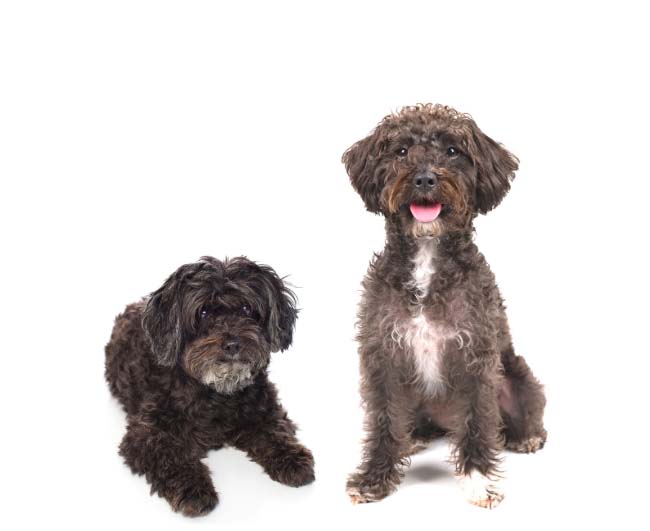

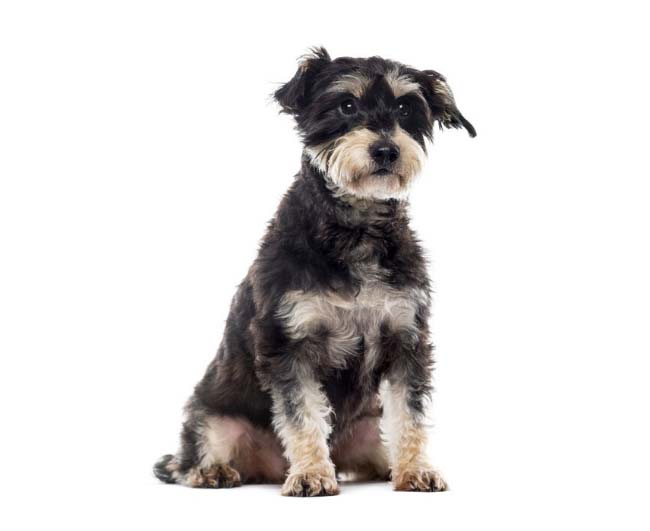
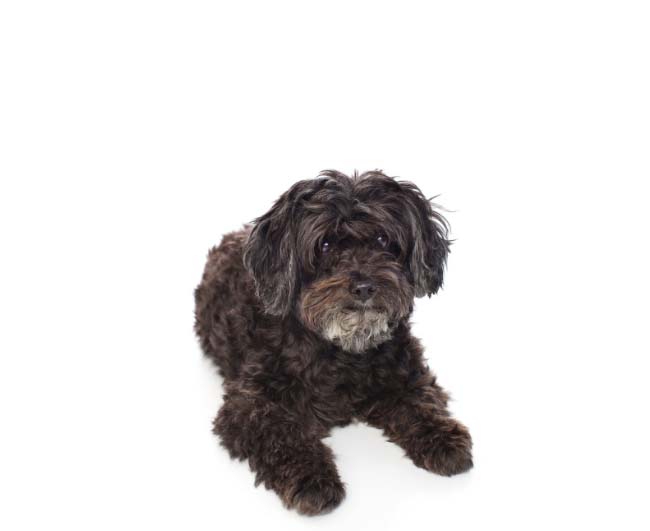
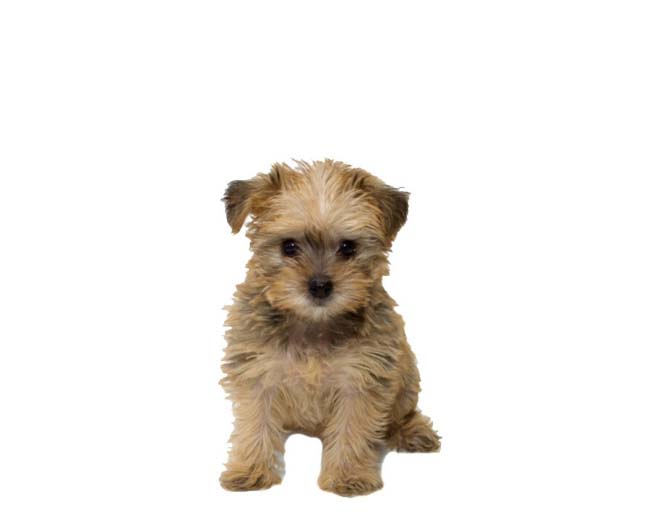
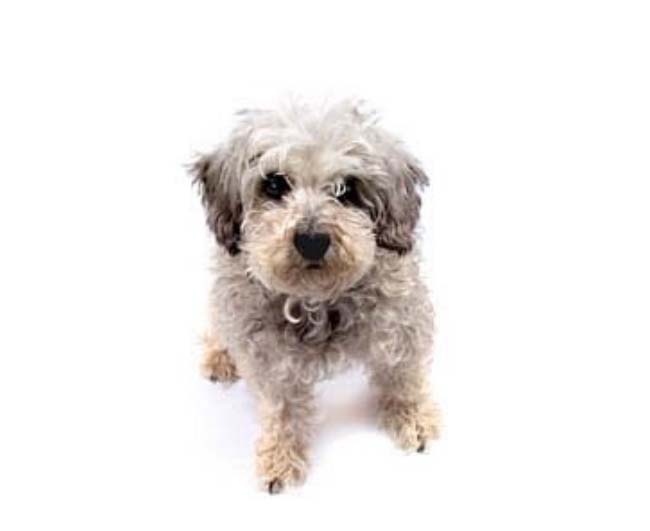
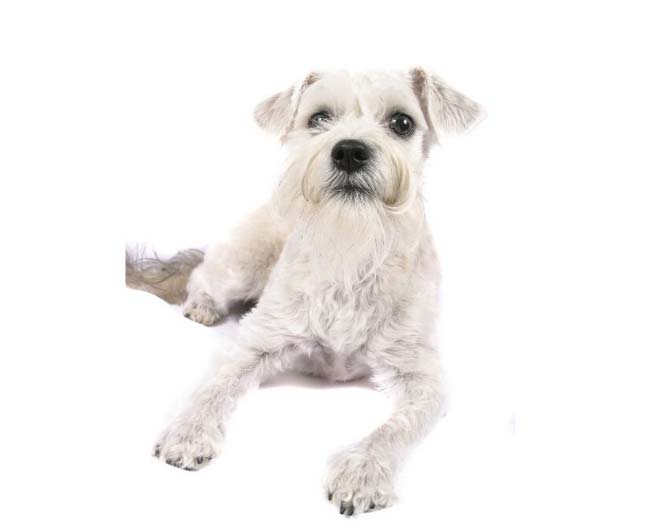
Schnoodle come in a variety of colours, including Black and White, Black, Mahogany, Parti Chocolate and White, White and Cream, Black and Mahogany, Black, Black Phantom, Black, Brown Phantom, Salt and Pepper, White .


How much do
Schnoodle eat?
0.75 to 1.00 cups of food a day

How much
exercise do they need?
30 to 60 Mins

Are they kid friendly? Schnoodles make excellent family pets, and they love to play with kids and be the center of attention

Do they need a lot of space? They don't need a lot of space
Patellar Luxation
Legg-Perthes Disease
Hip Dysplasia
Heart murmurs
A daily amount of 3/4 to 1 cup of high-quality dry food is prescribed for the most typical size of Schnoodle, which weighs about 20 pounds. When your dog is more prominent, you'll need to feed him less because if one of the owners is a Giant Schnauzer, you'll need to provide him with a lot more.
If you're confused about your dog's food requirements, consult your doctor. To keep your Schnoodle well, weigh his food and feed him twice a day instead of spitting it out all the time. When you're not sure if he's overweight, give him the eye and hand checks.
Although Schnoodles are classified as low shedders, they do shed. The coats of first-generation Schnoodles are often wavy and fluffy, but dead hair can accumulate near the skin and must be brushed off. They do not, though, leave piles of hair on your carpet. You'll see a few stray hairs on the tile or the furniture. While both breeds are light shedders, the amount of hair shed depends on the genes and which are more dominant. The breed is common with allergy sufferers due to its low shedding trait.
Although feeding is not costly, keep in mind that, based on their hair, this breed will need visits to a specialist groomer every six weeks, which will add to the cost. Many with shorter coats do not require as much grooming. Longer-coated Schnoodles, on the other hand, need more attention, including skilled grooming as well as daily combing and brushing at home.
Every six weeks, take these Schnoodles to a groomer for a haircut of your choosing. The schnoodles' ears must be cleaned often, or they can become contaminated, and regular tooth brushing is advised to prevent tartar buildup and gingivitis. To avoid a buildup of eye discharge and tear staining, clean your eyes every day.
Your Schnoodle will enjoy frequent walks and visits to the dog park regularly. They are content to participate in the family's workout routine. Schnoodles can get 30 to 60 minutes of exercise a day, including a stroll, sprint, or playtime. If a Schnoodle's emotional and physical needs aren't fulfilled, he or she can become abusive, disobedient, and have behavioural issues.
Veterinary care is critical to a dog's welfare and well-being, but the duration of medication and checkups varies by a dog. Six-monthly vet appointments are necessary to keep your Schnoodle safe and comfortable at all stages of life. Your veterinarian will do a medical test, monitor your dog's temperature, and monitor his pulse at these regular appointments, among other things.
Routine grooming with your dog is an important aspect of preventative treatment because it allows you to watch your dog's growth and development and address any questions with your vet. Bloating, skin cancer, Hip Dysplasia, and cataracts are all common issues in Schnoodles.
Schnoodles make lovely family pets because of their affectionate, intelligent, and protective nature. They are very devoted to their families and are appropriate for children of all ages. The Schnoodle enjoys getting along with children, and both of their parents are child-friendly. They can even be wary of meeting new people and, on occasion, mischievous. As a result, socializing your Schnoodle with children and new people can begin at a young age. Because of their cautious nature, they make excellent guard dogs.
This breed does well in a confined space, which helps to deter anxiety-related behaviour. Since the Schnoodle can be excitable at times, it's crucial to train and socialize him as soon as possible.
The Schnoodle is an intelligent dog that benefits from consistent training. They are easy to pick up new information, but they can be stubborn at times. Schnauzer cross Poodles are intelligent, easy to train, and fast learners, thanks to their parents. Early socialization of the Schnoodle puppy with other species and people is essential for the dog's growth and training. However, if the Schnoodle is anything like its Schnauzer father, having small animals (such as rodents) in the same home might not be a brilliant idea, as it has a natural hunting instinct. Schnoodles with heavy Schnauzer personalities can be suspicious of outsiders.
Schnoodles are gregarious and have a strong desire to be with other people. Schnoodles, like Schnauzers, prefer to be in the company of just one male. Though they love anyone in the family, they can have a special bond with one person in particular.
Schnauzers are a highly affectionate breed that enjoys being the centre of focus and has a substantial threshold for isolation. They are companion dogs that thrive when they are with their owners indoors. Separation anxiety affects Schnoodles, and if left alone for too long, they can experience aggressive behaviour.
They are not usually loud, but they can become vocal if left alone for long periods or lonely.
Here are some of the breeders who we work with as part of our breeder awareness program.
They are invested in ensuring the longevity of the breed and that new owner become responsible Affenpinchers owners.
Affenpinchers who are friends of Petsy





Enter your email in the form below and we will send you the full report as a pdf directly to your inbox.
Don’t worry, we hate spam too – read our privacy policy
Find the right level of insurance for your needs our customised quote takes less than a few minutes to complete.
A daily amount of 3/4 to 1 cup of high-quality dry food is prescribed for the most typical size of Schnoodle, which weighs about 20 pounds. When your dog is more prominent, you'll need to feed him less because if one of the owners is a Giant Schnauzer, you'll need to provide him with a lot more.
If you're confused about your dog's food requirements, consult your doctor. To keep your Schnoodle well, weigh his food and feed him twice a day instead of spitting it out all the time. When you're not sure if he's overweight, give him the eye and hand checks.
Your Schnoodle will enjoy frequent walks and visits to the dog park regularly. They are content to participate in the family's workout routine. Schnoodles can get 30 to 60 minutes of exercise a day, including a stroll, sprint, or playtime. If a Schnoodle's emotional and physical needs aren't fulfilled, he or she can become abusive, disobedient, and have behavioural issues.
Schnoodles make lovely family pets because of their affectionate, intelligent, and protective nature. They are very devoted to their families and are appropriate for children of all ages. The Schnoodle enjoys getting along with children, and both of their parents are child-friendly. They can even be wary of meeting new people and, on occasion, mischievous. As a result, socializing your Schnoodle with children and new people can begin at a young age. Because of their cautious nature, they make excellent guard dogs.
This breed does well in a confined space, which helps to deter anxiety-related behaviour. Since the Schnoodle can be excitable at times, it's crucial to train and socialize him as soon as possible.
Schnoodles are gregarious and have a strong desire to be with other people. Schnoodles, like Schnauzers, prefer to be in the company of just one male. Though they love anyone in the family, they can have a special bond with one person in particular.
Schnauzers are a highly affectionate breed that enjoys being the centre of focus and has a substantial threshold for isolation. They are companion dogs that thrive when they are with their owners indoors. Separation anxiety affects Schnoodles, and if left alone for too long, they can experience aggressive behaviour.
They are not usually loud, but they can become vocal if left alone for long periods or lonely.
Suite 58, Mezzanine/388 George St, Sydney NSW 2000
Petsy Pty Ltd (ABN 54 633 343 058, AR 1277359) (‘Petsy’) distributes and promotes Petsy Pet Protection Plus (formally Petsy Pet Insurance), Petsy Puppy Protection Plus and Petsy Kitten Protection Plus as an authorised representative of Knose Financial Services Pty Ltd (ABN 38 620 795 735, AFSL 536651) trading as ThePetInsuranceCompany.com.au (‘ThePetInsuranceCompany.com.au’). ThePetInsuranceCompany.com.au is an underwriting agency acting under a binding authority as an agent for the insurer; Pacific International Insurance Pty Limited (ABN 83 169 311 193) (‘Pacific) in relation to Petsy Puppy Protection Plus and Petsy Kitten Protection Plus policies and Petsy Pet Protection Plus policies from 01 March 2023 or have an anniversary renewal date from 18 March 2023, and the Australia branch of Allied World Assurance Company, Ltd (ABN 54 163 304 907) (‘Allied World’) in relation to Petsy Pet Insurance policies purchased between 17 February 2022 and 28 February 2023 (inclusive) or renewed between 01 March 2023 and 17 March 2023 (inclusive). In all aspects of arranging this product, Petsy and ThePetInsuranceCompany.com.au act as an agent of Pacific/Allied World (as the case may be) and not as your agent. Any advice contained in this email is general advice only and has been prepared without taking into account individual objectives, financial situation or needs and you should consider the appropriateness of any such advice, the Product Disclosure Statement (‘PDS’) and the Target Market Determination (‘TMD’) available via http://www.petsy.com.au or by calling 1300 952 790 before making a decision to acquire, or to continue to hold, the product. Terms, conditions, limits and exclusions apply. Please refer to the PDS.
© Copyright 2024 Petsy Pet Insurance
During the application process You will be provided with the option to include Optional Extra Benefits that cover certain conditions and Treatments which are not otherwise covered under the Policy.
The Optional Extra Benefits are:
Alternative Therapies, Behavioural Problems, and Dental Illness.
Examples of Alternative Therapies: Acupuncture, physiotherapy, hydrotherapy
Examples of Behavioural Problems: Excessive licking, fur pulling, pacing and destructive
chewing.
Examples of Dental Illnesses: Dental diseases, gingivitis, periodontal disease.